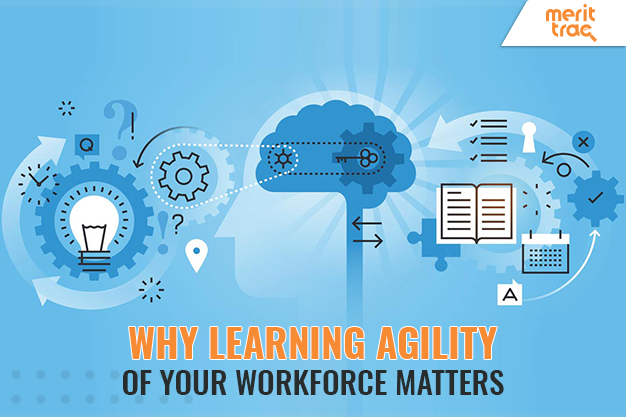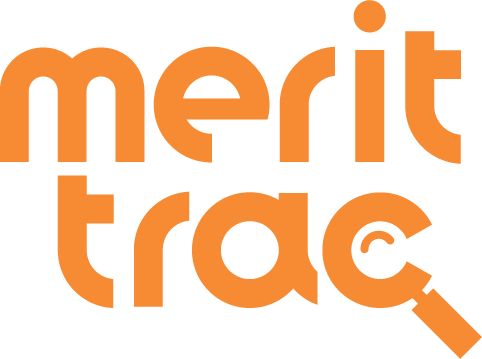
Why does the Learning Agility of Your Workforce Matter?
Date: 02/01/2018 | Category: Corporate , Learning Agility
In today’s dynamic business environment, leaders can no longer rely on strategies that proved successful even in the recent past.
According to a Randstad study, by 2025, the average employer will expect 68 percent of his/her workforce to comprise of agile talent.
What’s more, 52% of C-suite executives believe that their organizations will be much more committed to building an agile workforce in a few years.
Why is learning agility so vital today?
Top organizations are driven by leaders who successfully manage change, uncertainty, and ambiguity. In fact, they have the ability to pick up new skills or adapt to new technologies. Increased learning agility helps people successfully weather the turbulence of today’s business environment.
A “Deloitte 2017 Human Capital Trends” report states that the organizations of the future will be set up as agile networks, empowered by team leaders, and fueled by collaboration and knowledge sharing. This necessitates agile, real-time learning – all the time.
What are the qualities of agile learners and how do they benefit from it
Agile learners are marked by intellectual curiosity and willingness to learn from others. They take a communicative and collaborative approach to work and are willing to change. They also maintain high quality standards, achieve their goals, and expect consistency.
With an eye on the external environment, agile learners understand when traditional ways of working prove no longer effective in the current market. In addition, they continually cultivate, build and utilize new strategies that equip them to tackle the increasingly complex challenges they face in their day-to-day work.
In other words, learning-agile individuals continually jettison irrelevant skills, perspectives and ideas, and replace them with new ones that are relevant.
Here are some examples of how learning agility benefits organisations and individuals across industries
- Global IT giant – Capgemini, considers learning agility critical to organizations looking to deploy digital transformation with DevOps capabilities. According to Capgemini, such organizations have to ensure that employees have the ‘ability and willingness to learn from experience and then apply that learning to perform successfully under new and challenging situations. As per Capgemini, top level DevOps capabilities are directly connected to excellent agile learning capability.
- What’s equally important to understand is that learning agility pays rich rewards to individual workers. Professionals who are agile enough to acquire hybrid skills or skills outside their traditional job profile, command a premium in the US job market today. For example, administrative assistants who can handle sales force can earn $5,000 extra per year. Graphic designers can earn an additional $21,000 in one year if they’re proficient in HTML5. A business analyst with Tableau expertise can earn $11,000 more annually.
All these factors make it important for organizations to conductlearning agility assessments before hiring a candidate.
How do you recognize and cultivate learning agility
According to the researchers at Teachers College, Columbia University, and the Center for Creative Leadership, learning agility can be cultivated by focusing on the following four enablers:
- Innovation – Constantly seek out new solutions, approaches, and strategies. Encourage asking questions such as what are the five different ways you could approach this challenge?
- Performance – Encourage identifying patterns in complex situations and finding overlaps between current and past projects. Try to cultivate an ability to stay calm and composed when faced with complexity and ambiguity.
- Reflection – Encourage exploring ‘what-ifs’ for your team’s projects and seek regular feedback. Help team members frame open-ended questions and motivate everyone to speak up.
- Risk Taking – Take up projects for which the probability of success isn’t assured; for example, stretch assignments.
At the same time, it’s important to avoid one learning-agility derailer, which is defending. This requires acknowledgement of failures while ensuring that lessons are learnt from failures.
Learning agility is directly connected to top-notch leadership
According to Development Dimensions International, which is an international human resources and leadership development consultancy, global organizations in the top 20% of a financial composite (profitability, earnings per share, rate of investor return, and stockholder equity) are 5.8 times more likely to have a high proportion of agile-ready leaders than those in the bottom 20%.
Your organization can succeed in today’s VUCA operating environment by adopting a strength-based development culture that encourages the expansion of learning agility on the job.
But developing a learning-agile organization requires a new way of thinking as learning agility is more about whether someone has the potential to accomplish – especially when faced with new challenges – rather than about what someone has accomplished in the past.
Learning Agility Assessment Test
Key learning agility examples include the ability and the intent to learn. Both of these factors depend on an individual’s cognitive skills, personality, and behavioural traits.
Recruiters can make use of learning agility assessments to identify naturally learning agile candidates or to find employees who can adapt to new job roles and work in smart and efficient ways.
You can create training programs for individuals who display potential and want to know how to cultivate learning agility.
To know more information about MeritTrac’s cognitive, behavioural assessments that can reveal learning agile qualities, please write to us at info@merittrac.com
Source:
- randstadusa.com
- deloitte.com
- capgemini.com
- dallasnews.com
- ccl.org
- timesofindia.indiatimes.com













 Sales Hotline: USA: +1 646 916 0939 / Others: +91 80619 14700
Sales Hotline: USA: +1 646 916 0939 / Others: +91 80619 14700


